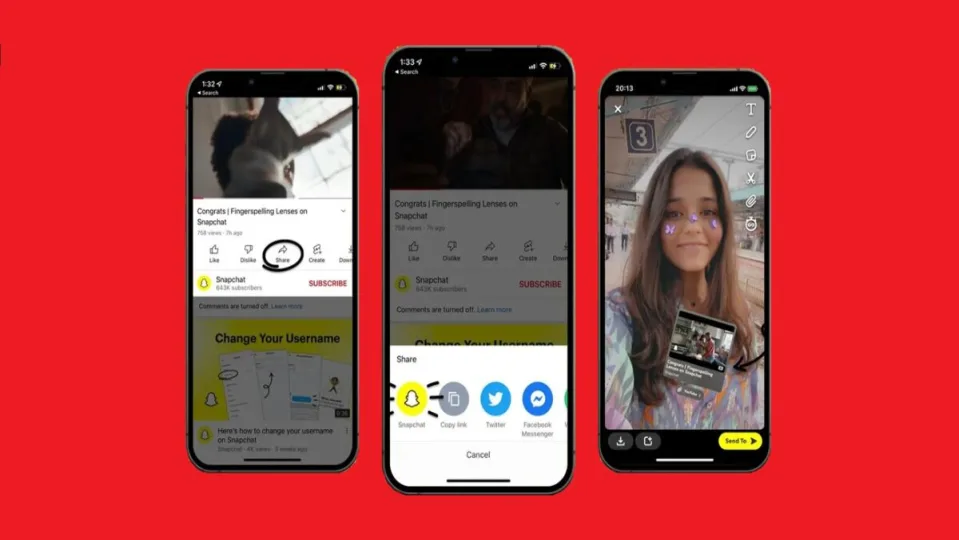To make video link-sharing much easier for Snapchat users, Snapchat has recently launched an integration feature with the YouTube mobile app that lets you directly share YouTube videos to Snapchat Camera. This not only makes the process of creating Snaps and Snapchat Stories more streamlined, but it also creates cool-looking custom stickers for the links.
The addition of this unique feature shows that link-sharing doesn’t have to be bothersome and that it can become a visual treat, too. YouTube already has many integrations with other apps for content-sharing but this improvement in its capabilities makes it an even worthwhile app to have.
The previous method of sharing YouTube links on Snapchat was by manually copy-pasting them from the Share button. With the new feature, however, you can now simply tap a button to immediately be redirected to your Snapchat app. It will automatically open up the Snapchat Camera tool so you can quickly start creating a Snap or a Snapchat Story.
The great thing about this update is that the copied link will be converted into a custom-generated sticker that shows the video’s thumbnail and title. With this, you can paste it into your work and even have full access to the Snapchat Creative Tools. This feature is available on both YouTube Android and YouTube iOS—but you definitely need both YouTube and Snapchat apps for it to work.
To use it, open the YouTube video you want, tap the “Share” button, and tap the Snapchat icon. Then, create an original Snap with its automated sticker. Once posted, your followers can tap on the sticker and it’ll redirect them to the video. This is a great way to not only recommend content but also promote videos—and potentially influence their YouTube algorithm, too.
Image credit: Snap Newsroom


